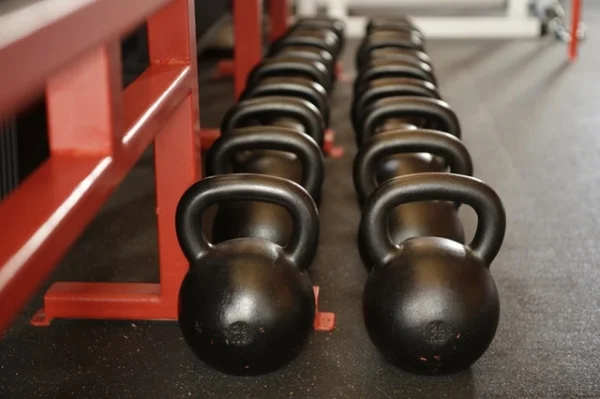Recently I was invited to present at the Tokyo World series sports tech conference to discuss the use of GPS for load monitoring and performance. I hope to share some of that information with you here.
All in Athletic Performance
Lower Body Performance Profiling
My theory when designing programs has been to ‘fill in the gaps’ and overcome any obvious weak points. So far I have seen great improvements in my athletes’ sprint speed and gym results across the board.
Lower Body Exercises, Speed and Acceleration
In field sports, speed is an athletic quality that has direct impact on the game. While having a big bench press is great, it's unlikely to affect the score line. Outright pace however, can beat defenders, break the line, and score in the corner. Whilst training for maximum strength is important, as the saying goes, “speed kills”.
Performance vs Subjective Fatigue
Monitoring and managing fatigue is an important part of running the physical conditioning for a team sport, as well as helping to prevent injuries through making sure recovery is optimised, having a team fresh or fatigued for game day may also impact the final score line.
Building Size and Strength In Rugby Union Athletes
There are many aspects to developing a Rugby Union player. When I initially profile and screen a new player, these are the first two things I ask myself: “Are they the right size for the job?” and “Are they strong enough to do the job?”
Endurance Athletes and Strength Training
Strength training is common practice for athletes participating in high-intensity sports. This is due to the enhancement of attributes such as muscular development, neuromuscular acuteness & energy system efficiency. The question is.. would endurance athletes also benefit from strength training?
Carbohydrate Loading for Performance
To understand why you need carbohydrates, it’s important to know their role in energy production. There are 3 processes tasked with providing fuel for your muscles. Two of them are anaerobic (alactic & lactic systems), while the third is the aerobic system.
Strength Training for a Better Vertical Jump
The vertical jump (VJ) is a great potential gauge for athletic potential across many sports. Muscular factors associated with VJ such as force, power and the rate of force development can be likened to other athletic indicators.
The Physiological Responses to Resistance Training
The purpose of this literature review is to identify the physiological adaptations, directly resulting from strength training and their effect on anaerobic performance. The inclusion criteria are, full-text, peer reviewed journal articles within the last 15 years.








